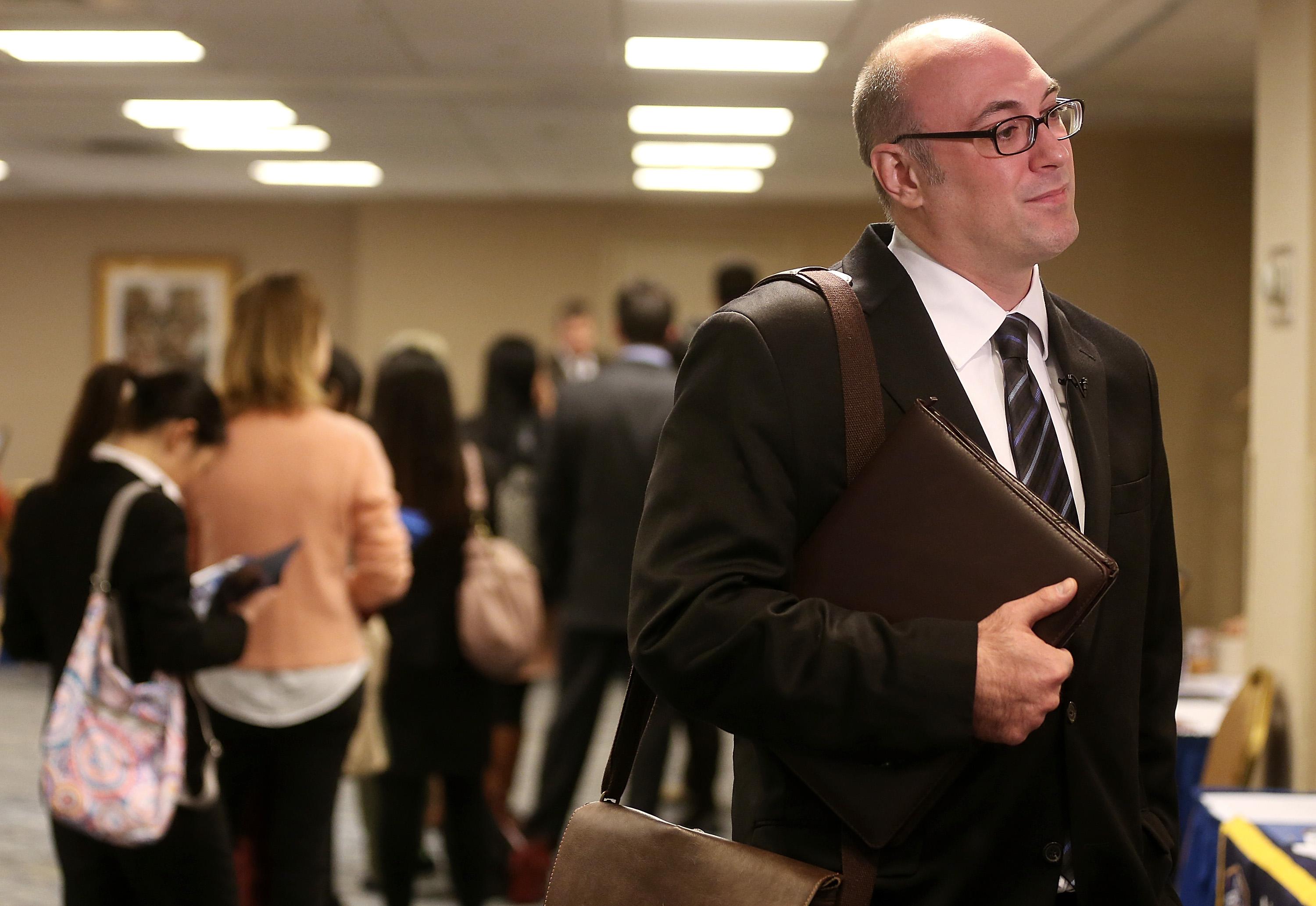The Beveridge Curve describes the relationship between the number of posted job openings and the unemployment rate. And as Catherine Rampell writes today, it seems to have shifted “outwards”—job openings don’t lead to the same level of job creation as they used to:
What’s going on? Well I saw this and thought, “I wish we could separate out the long-term unemployed.” Turns out that Matt O’Brien wrote about some Boston Fed research on this back in January, and long-term unemployment makes all the difference. If you look exclusively workers who’ve been unemployed for fewer than 27 weeks, the curve looks totally normal. What’s shifting the curve is all these people who’ve been out of work for a long time.
You can characterize that in a few different ways, but they all point to the same conclusion: There’s a large share of unemployed people for whom basic demand-side remedies aren’t going to work. Their skills may just be inappropriate or they’ve been out of the workforce for so long that their skills have deteriorated or some kind of irrational prejudice is making them unemployable. However you look at it, some kind of targeted interventions are needed.
